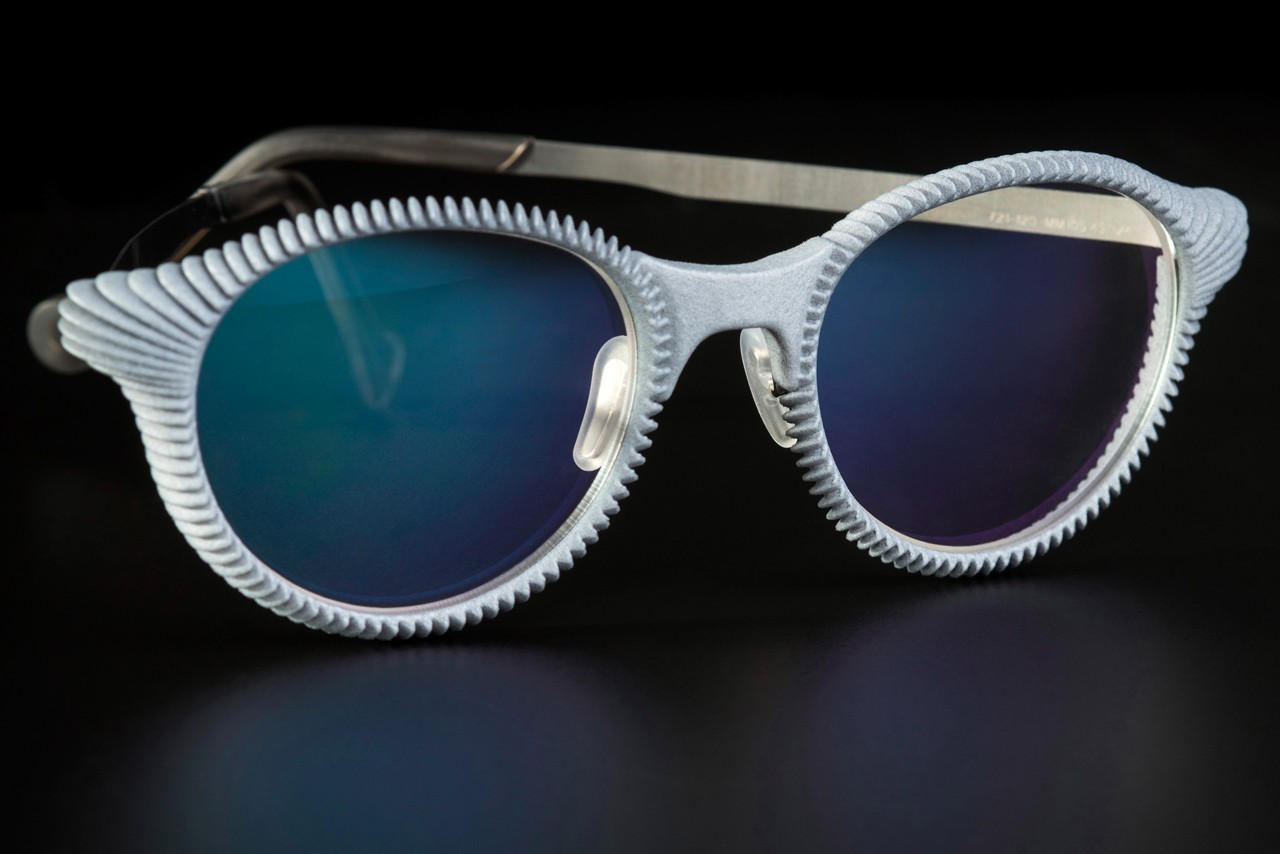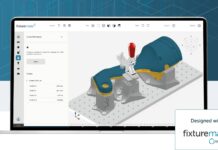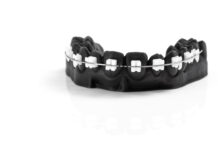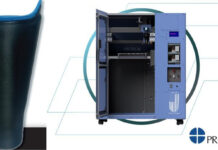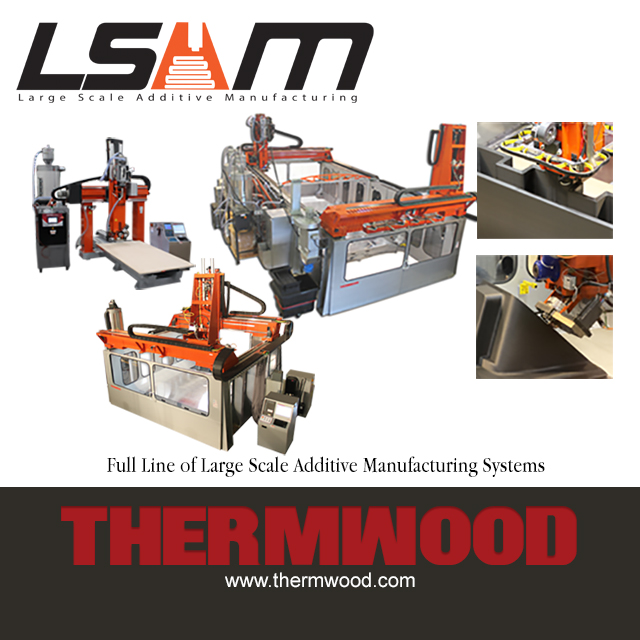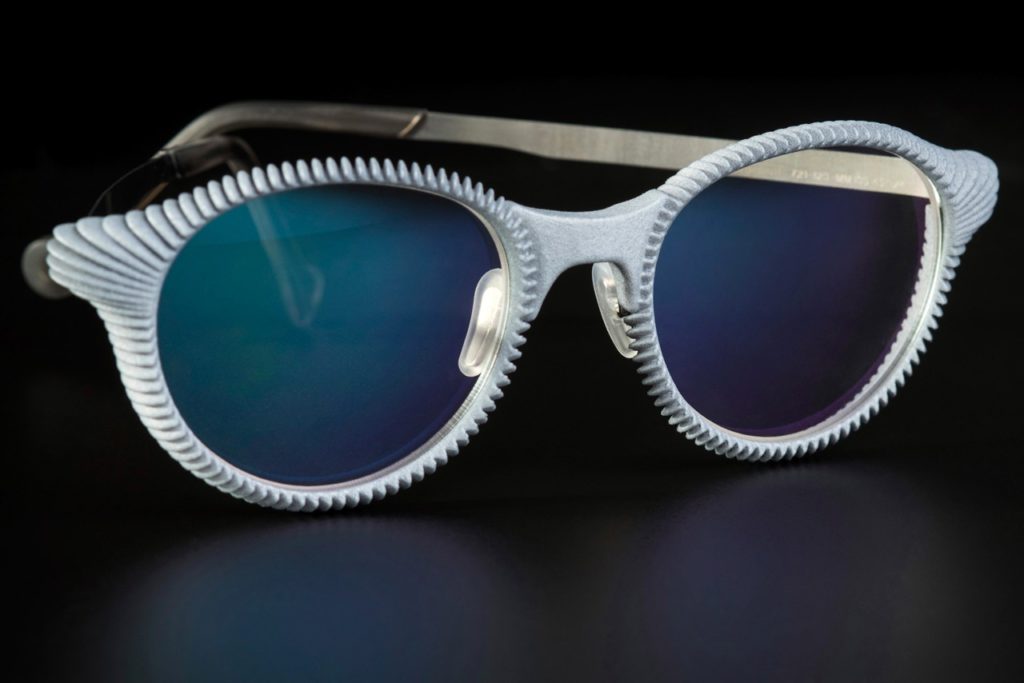
Research And Markets has recently unveiled its analysis of the use of additive manufacturing on the eyewear market for the forecast period 2019-2027. The technology would grow into an overall $3.4 billion opportunity by 2028 and this expansion would be due to the use of final parts production.
As more consumer products continue to explore the benefits of 3D printing for mass customization and digital mass production, the researcher provides eyewear industry stakeholders with a description of all existing AM technologies, materials and services (including 3D capturing and online customization software) that could offer a powerful competitive advantage as eyewear users demand increasing customization options.
While final part production is a major focus area for the medium and long term, the report also analyses other current uses of AM in the eyewear industry, such as advanced and desktop prototyping, tooling and investment casting.
The analysis shows that:
- The key technologies used in eyewear 3D printing are material jetting for highest level prototyping and powder bed fusion for final part production. Vat photopolymerization is also used today mostly for lost wax casting processes (and some part production) while filament extrusion is used for basic desktop prototyping and some end-use internal parts.
- According to available data, the overall existing industry for ophthalmic eyewear generates revenues of more than $100 billion a year. This industry is growing in several ways and mass customization remains an important trend. Users increasingly expect to be able to purchase eyewear products that are tailor made for them.
- The 3D printed eyewear segment is expected to be a relatively small part of all 3D printed consumer products, both in terms of materials and hardware demand, due to the relatively small size of the parts being printed. At the same time, it is also one of the very first segments (together with footwear and some design products) that has already made significant strides toward end-use part production with additive technologies.
- The primary material used in all polymer powder bed fusion technologies for eyewear manufacturing is nylon 12 (PA122) which is the most widely used materials for this type of processes for any application. Some 3D printed eyewear manufacturers have developed special finishing processes to deliver a smoother surface finish and more vibrant color, while reducing the materials porosity.
For further information about 3D Printing, follow us on our social networks and subscribe to our newsletter
Would you like to subscribe to 3D Adept Mag? Would you like to be featured in the next issue of our digital magazine? Send us an email atcontact@3dadept.com
//pagead2.googlesyndication.com/pagead/js/adsbygoogle.js (adsbygoogle = window.adsbygoogle || []).push({});


